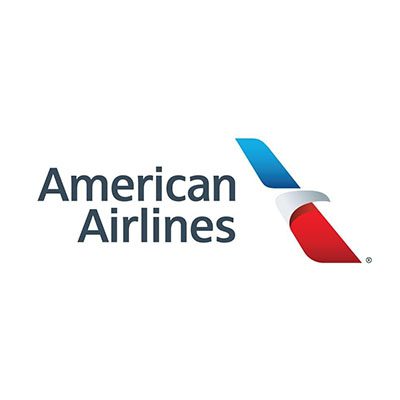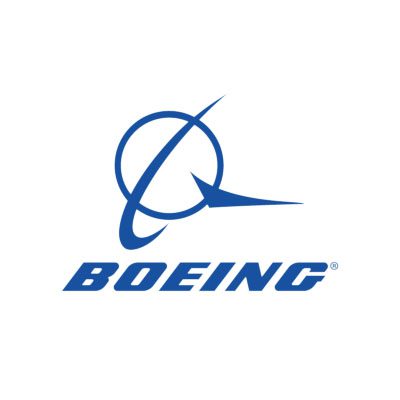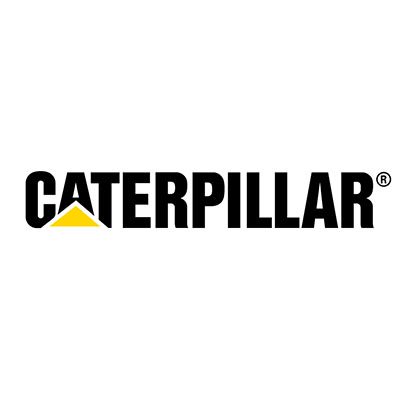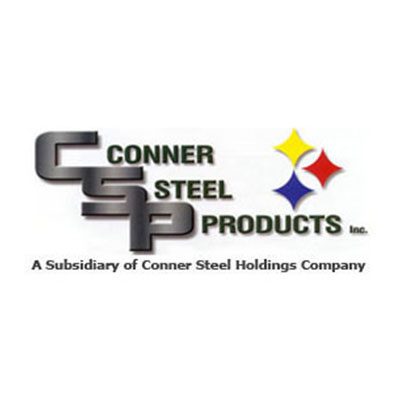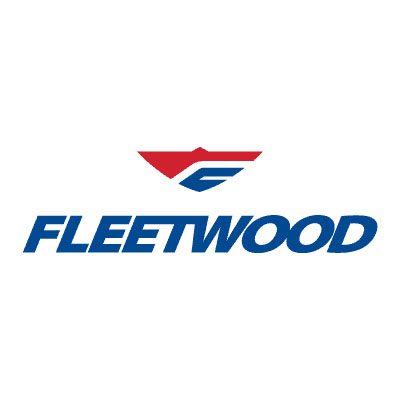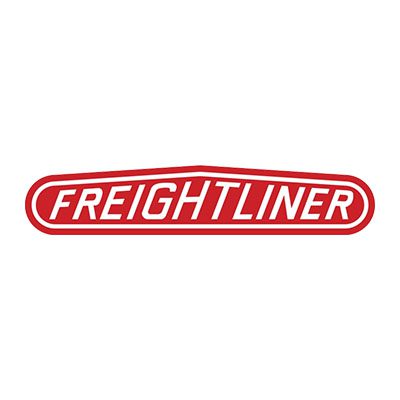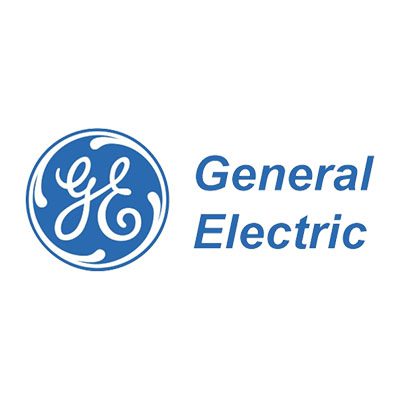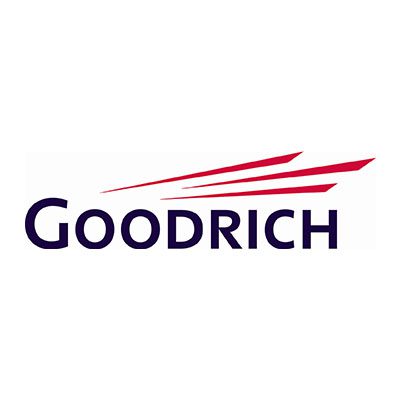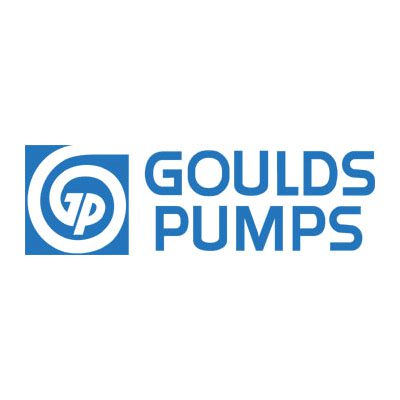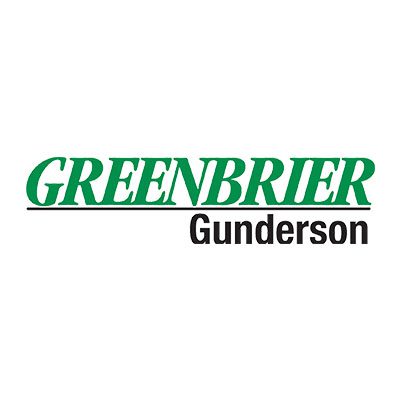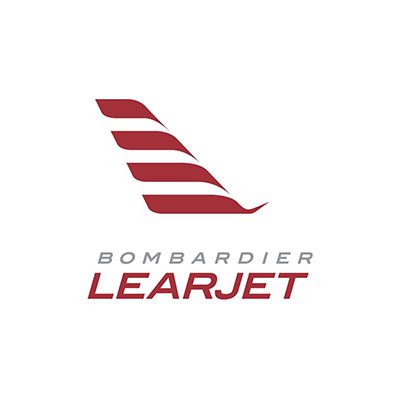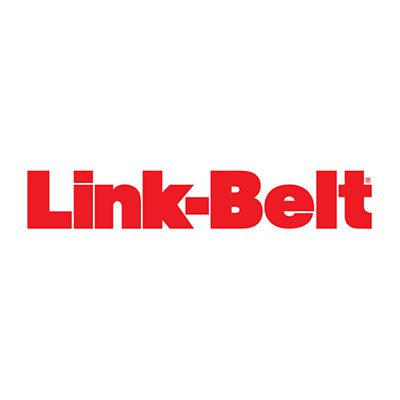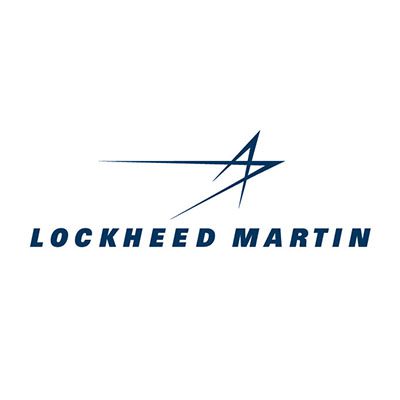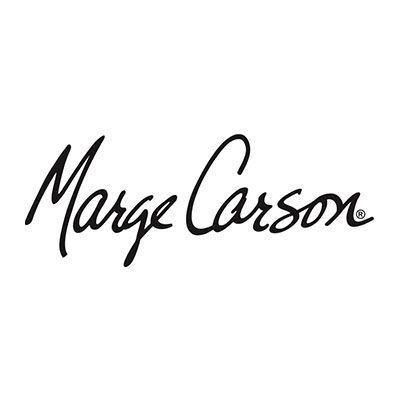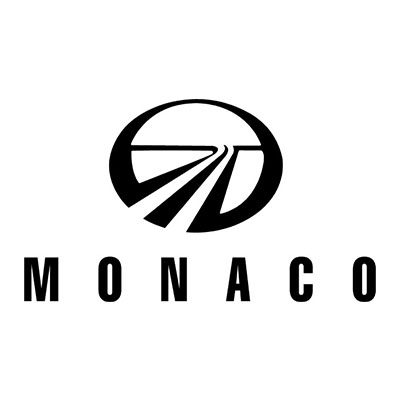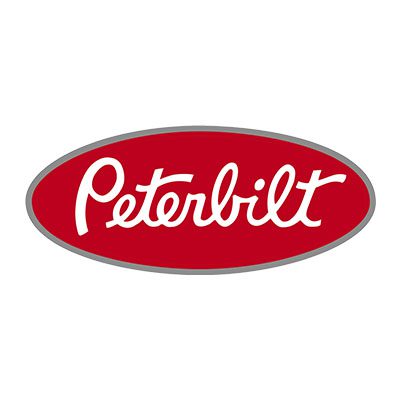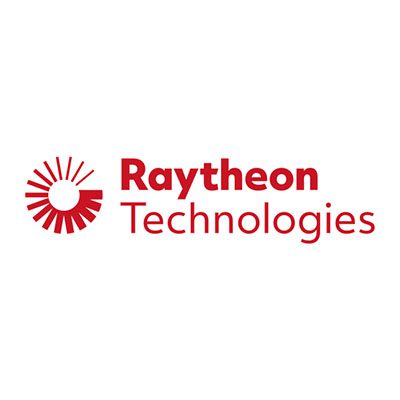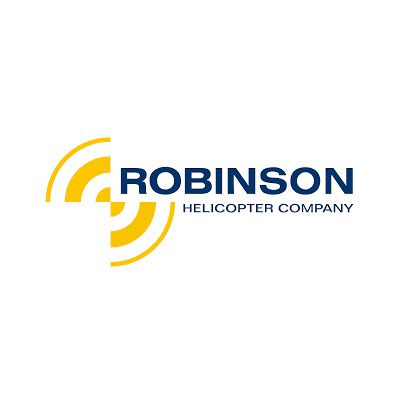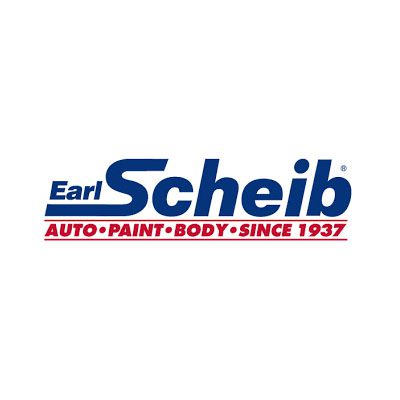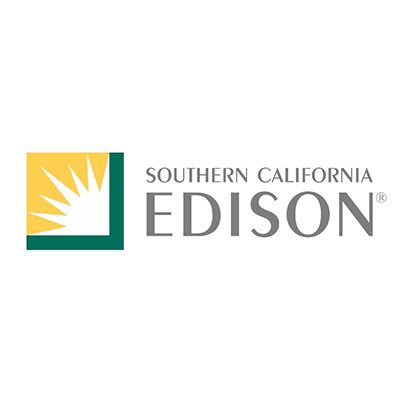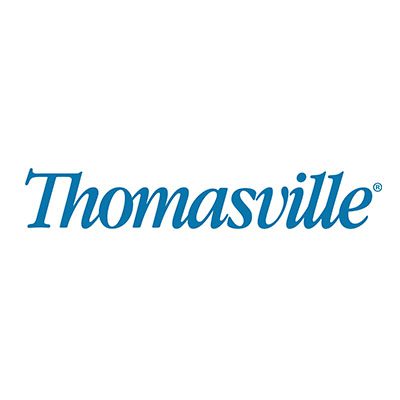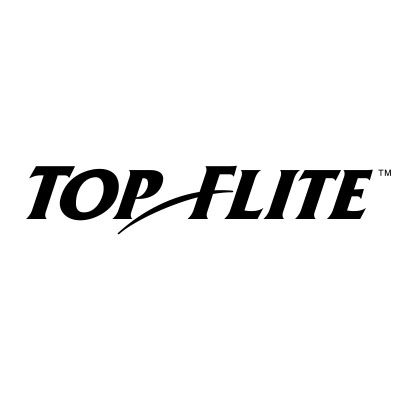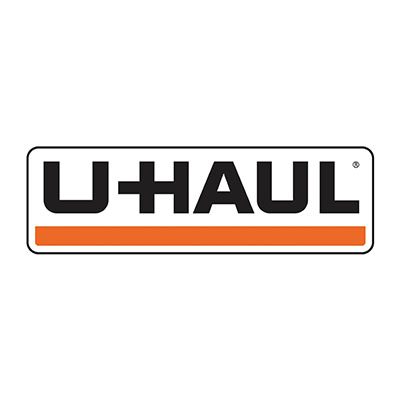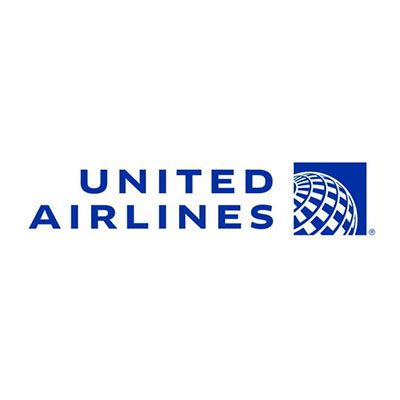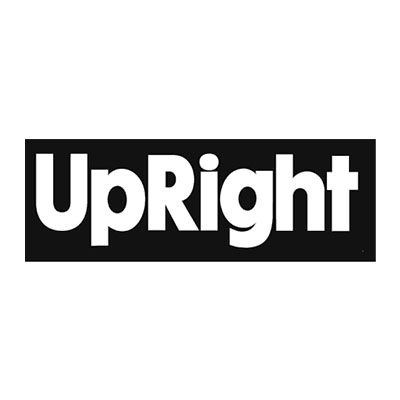The Importance of Paint Booth Regulations
Naturally, there are a lot of regulations to consider when evaluating the efficacy of a spray booth. So many, that it can often feel overwhelming and even at times unfair for operators that lack the means to contract proper guidance. Below is an easy-to-use paint booth regulations checklist designed to help overcome some of these initial frustrations and further ensure proper compliance.
How to Use Our Compliance Checklist
This paint booth regulations checklist is designed to accommodate federal regulations issued by the U.S. Department of Labor’s Occupational Safety and Health Administration (OSHA) as well as National Fire Protection Association (NFPA) standards.
Behind each listed item is a bracketed citation that directs readers to the relevant code. [29 CFR…] refers to OSHA’s general industry standards, while [NFPA…] applies to the applicable NFPA standards. While going through this checklist, it is not necessary to check every standard, though if you notice a violation we recommend reading more about it. We have also included some definitions at the end of the checklist, to help with any confusion.
Keep in mind that any violation of a listed item is a potentially serious liability and should be addressed immediately and proper compliance means satisfying every requirement listed. Additionally, this checklist serves as a well-researched point of reference but is not intended to function as official regulatory guidelines.
Note: Bolded items may require expert opinion and consultation. While we always suggest seeking the advice of a trusted professional, bolded items indicate that we strongly recommend readers to urge on the side of caution and contract reliable experts.
General Paint Booth Regulations
- Smoking and open flames should be prohibited in any spray-finishing area. [NFPA 1 and 33]
- Spraying and finishing areas should be posted with clearly visible signage reading “No Smoking” [29 CFR 1910.107(g)(7)]
- A sufficient supply of portable fire extinguishers should be closely located near all spraying areas. Expert opinion may be required. [29 CFR 1910.107(f)(4)]
- Metal waste cans with self-closing lids should be provided wherever rags or waste are soaked with finishing material. Additionally, all soaked rags or waste should be deposited in metal waste cans immediately after being used. [NFPA 1 and 33]
Spray Booth Construction
- Spray booths should be constructed with securely and rigidly supported steel, concrete or similar masonry. [29 CFR 1910.107(b)(1)]
- All spray booth floor and baffle plates (grates) should be constructed with noncombustible material. [29 CFR 1910.94(c)(3)(iii)]
- Spray booth interiors should be designed to be continuously smooth and without edges to prevent accumulation of residues. [29 CFR 1910.107(b)(2)]
- To reduce hazard, spraying operations and booths should be separated from other operations by at least three feet in space, or by a suitable partition or wall [29 CFR 1910.107(b)(8)]
- Spray booths should be installed so that all portions are readily accessible for cleaning. [NFPA 1 and 33]
- Spraying areas should be illuminated through glass panels or other translucent materials, and only fixed lighting units should be used as a source of illumination. [29 CFR 1910.107(b)(10)]
- All motors, wiring and lighting fixtures that are not separated by a partition and located within 20 feet from spray finishing operations should be explosion proof. Expert opinion may be required. [29 CFR 1910.94(c)(3) and 1910.107(c)(6)]
- Spray booth interiors should be protected with an automatic fire sprinkler system. [29 CFR 1910.107(b)(5)(iv)]
- All hot surfaces (such as steam pipes, appliances and space heaters) should be located away from spray-finishing operations. [29 CFR 1910.107(c)(3)]
- All metal parts of spray booths, exhaust ducts and piping systems should be permanently and effectively grounded. Expert opinion may be required. [29 CFR 1910.107(c)(9)(i)]
Operations and Maintenance Regulations
- Spray booth interiors should be free from accumulated deposits prior to operation. Note: combustible coverings (plastic, thin paper, etc.) and strippable coatings can be used to facilitate cleaning operations. [29 CFR 1910.107(b)(2) and (g)(2)]
- All tools used for scraping residues and debris should be non-sparking. [29 CFR 1910.107(g)(2)]
- All residue scrapings and debris should be immediately removed from the premises and disposed of properly. [29 CFR 1910.107(g)(3)]
- All cleaning solvents should be restricted to those with flash points above 100ºF. [29 CFR 1910.107(g)(3)]
- Cleaning operations using flammable or combustible solvents inside spray booths should be conducted with ventilation equipment operating during the cleaning process. [NFPA 33]
- Fire sprinkler heads should be kept free of accumulated deposits. [29 CFR 1910.107(f)(3)]
- All spray booth overspray filters should be routinely inspected, cleaned and replaced. [29 CFR 1910.94(c)(3)(iii)(a)]
- All spray booth overspray filters discarded at the end of each day unless maintained completely in water. [29 CFR 1910.107(b)(5)(ii)]
- At least 3 feet on all sides of a spray booth should be maintained to be free of any stored combustible materials. [NFPA 33]
Paint Booth Regulation for Flammable and Combustible Liquids
- Only one day’s worth of flammable or combustible liquids should be kept near spraying operations. [29 CFR 1910.107(e)(2)]
- All flammable and combustible liquids must be transported in either closed containers, approved portable tanks, approved safety cans or closed piping. [29 CFR 1910.107(e)(3)]
- All flammable and combustible liquids in containers larger than 60 gallons should be transported by means of an approved pump. [29 CFR 1910.107(e)(4)]
- All containers or pipes attached to flexible hoses must have shut off valves at their connections. [29 CFR 1910.107(e)(6)(i)]
- When flammable liquids are transferred from one container to another, both containers should be grounded and bonded. [29 CFR 1910.107(e)(6)(iv)]
- All containers supplying spray nozzles should be a closed type or provided with a metal cover. [NFPA 33]
- Containers supplying spray nozzles resting on floors, or noncombustible supports should be suspended by wire cables. [NFPA 33]
- Containers supplying spray nozzles by gravity flow should be less than 10 gallons. [NFPA 33]
- If flammable or combustible liquids are supplied to spray nozzles by positive displacement pumps, the discharge pressure should be preventing from exceeding the operating pressure of the system. [NFPA 33]
Ventilation Requirements
- Spraying areas must be provided with mechanical ventilation that is kept in use during operation. [29 CFR 1910.107(d)(2)]
- Spraying operations should have sufficient ventilation to maintain individual exposure within acceptable limits. Expert opinion may be required. [29 CFR 1910.94(c)(4)(iii)]
- Spray booths should be designed to sweep air currents towards exhaust outlets. [29 CFR 1910.107(b)(a)]
- All exhaust ventilation systems should be well constructed and in good working order prior to operation. [29 CFR 1910.94(a)(5),(6),(7)]
- The average velocity of airflow intake through the face of the spray booth should be at least 100 feet per minute. Note: electrostatic spraying operations can be conducted with an average airflow velocity of at least 60 feet per minute. Expert opinion may be required. [29 CFR 1910.94(c)(6)(i) and 1910.107(b)(5)(i)]
- Visible gauges, audible alarms or pressure-activated devices should be installed to indicate or insure that the required air velocity is maintained. [29 CFR 1910.107(b)(5)(i)]
- Doors to downdraft booths should always be kept closed when the booth is in operation. [29 CFR 1910.94(c)(6)(iii)(b)]
- Clean, fresh makeup air should be supplied to the area to replace the volume of air exhausted through the spray booth. Note: if outdoor temperature is less than 55ºF, makeup air must be heated. [29 CFR 1910.94(c)(7)(i)]
- All spray booths must have independent exhaust stacks that direct outside the spray booth environment. [29 CFR 1910.107(d)(3)]
- All fan-rotating elements should be constructed of non-ferrous or non-sparking materials. [29 CFR 1910.107(d)(4)]
- Electric motors driving the exhaust fans should be placed outside of booths and ducts. [29 CFR 1910.107(d)(5)]
- Belts and pulleys in ducts used to drive the fan blades should be thoroughly enclosed.[29 CFR 1910.107(d)(6)]
- Spray booth exhaust duct terminals must be located at least six feet from any combustible exterior wall or roof and prevented from discharging in the direction of any combustible construction. [29 CFR 1910.107(d)(8)]
- Spray booth exhaust air should be directed so that it will not contaminate makeup air or create a measurable nuisance to the spray environment. [29 CFR 1910.107(d)(9)]
- All exhaust ducts should be fitted with access doors for cleaning. [29 CFR 1910.107(d)(10)]
- Freshly spray-finished items and articles should be set to dry in areas with adequate ventilation. If not, these areas should be treated as spraying areas and subject to all similar regulatory requirements. [29 CFR 1910.107(d)(12)]
Electrostatic Apparatus Codes
- Only approved electrostatic equipment should be used in connection with paint-spraying operations. [NFPA 33]
- Transformers, power packs, control apparatus and all other electrical portions of the equipment should be located outside of the spraying or vapor areas (with the exception of high-voltage grids and electrostatic atomizing heads). [NFPA 33]
- A space of at least twice the sparking distance must be maintained between painted items and fixed electrodes, electrostatic atomizing heads or conductors. Note: a suitable sign stating the sparking distance should be posted near the assembly. [NFPA 33]
- Electrostatic apparatuses should be equipped with automatic controls that operate without time delay to disconnect the power supply to the high-voltage transformer as well as signal to the operator any of the following conditions. [NFPA 33]
- Ventilating equipment fails or ventilation fans stop.
- Conveyors carrying items past high-voltage grid stops.
- The primary voltage input to the power supply de-energizes
- A ground or imminent ground occurs at any point of the high voltage system.
- Adequate booths, fencing, railings or guards should be placed around the equipment to safely isolate their process from storage and persons. Note: such railings, fencing and guards should be adequately grounded, constructed of conducting material and spaced at least five feet from the processing equipment. [NFPA 33]
- Signs should be posted designating the process zone as hazardous (e.g. with respect to fire) [NFPA 33]
- All insulators should be kept clean and dry. [NFPA 33]
Paint Booth Regulations Definitions
Approved: verified and listed by a nationally recognized testing laboratory.
Bonded: the permanent joining of metallic parts to form an electrically conductive path that will assure electrical continuity and the capacity to conduct safely any current likely to be imposed.
Combustible: any liquid having a flashpoint at or above 100ºF but below 200ºF.
Flammable: any liquid having a flashpoint below 100ºF.
Grounded: connected to the earth or to some conducting body that serves in place of the earth.
Spraying Area / Spraying Environment: any area in which dangerous quantities of flammable vapors or mists or combustible residues, dusts, or deposits are present because of spraying processes. This includes the interior of spray booths, the interior of ducts exhausting from spraying processes, and any area in the direct path of spray.
Spray Booth / Paint Booth: a power-ventilated structure that encloses or accommodates a spraying operation to confine and limit the escape of spray, vapor, and residue and to conduct or direct them safely to an exhaust system.
Compliance and Custom Booth Solutions
At Spray Systems, we understand that the design and implementation of your spray booth can be an extremely challenging and confusing process. However, with our guidance, it doesn’t have to be.
Our goal is to provide you with all the needed information and resources to ensure that there are no unnecessary surprises or questions throughout the process. Although the operational efficiency of your spray booth is important, we firmly believe that there is nothing more important than ensuring the safety of employees and minimizing the impact of the environment. That’s why it’s important to view federal and local safety codes as necessary guidelines put in place to ensure employee safety and reduce unnecessary liability.
